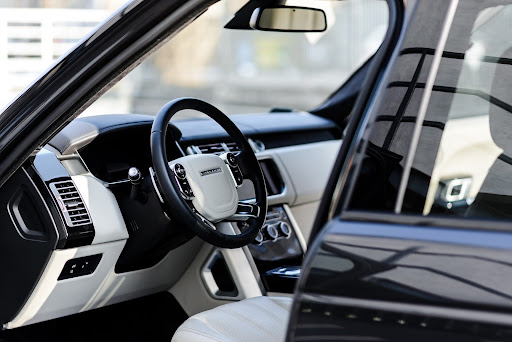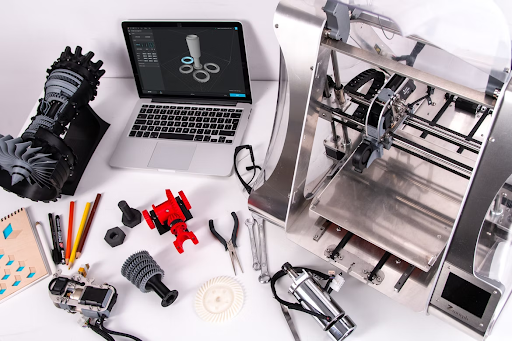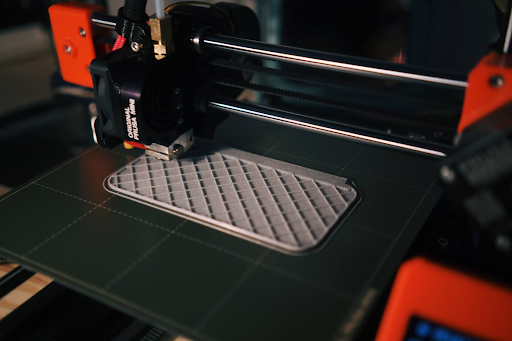Risk Management: 3 Uses of Tech in this Business Process
From freight shipping to food, every business industry has to deal with some form of risk. Banks and lenders face credit risks associated with loan defaults, healthcare providers manage patient safety risks through rigorous protocols, error reporting systems, and continuous training, the tech industry faces constant cybersecurity threats, and so on. Here are 3 ways to leverage technology to mitigate risk in your business operations.
Data Analytics
Data analytics is a major tool in risk management across industries. Why? A key part of risk management is making the right call; a balancing act of juggling several critical factors and considerations – short-term vs. long-term, probability vs. impact, regulatory compliance, diversification, stakeholder interests, etc.
How’s how data analytics can make things easier for you:
- Leveraging large datasets to extract patterns, trends, and correlations that might not be apparent through manual analysis
- Identifying key performance indicators (KPIs) and metrics that are crucial for decision-making
- Forecasting future outcomes and trends in better anticipation of potential challenges or opportunities
- Real-time or near-real-time data analysis for access to the most current information, which is particularly important in fast-paced industries
- Personalized decision-making for customer-centric industries
Risk Modeling
To illustrate risk modeling, say you’re a risk manager at a financial institution, and your organization offers personal loans to customers. You want to assess the credit risk associated with lending to a specific customer, John Doe, who has applied for a personal loan of $10,000. Here’s how risk modeling might work:
- Gathering John Doe’s financial data, including credit history, income, and employment status
- Choosing a credit risk model, such as logistic regression or decision trees
- Training the model on historical data to understand factors contributing to loan defaults
- Inputting John Doe’s data into the model to predict the likelihood of loan default
- Based on the model’s prediction and risk tolerance, deciding whether to approve the loan and on what terms
Thus, risk modeling can be defined as the systematic process of using data, statistical techniques, and mathematical models to quantify, analyze, and predict various types of risks that an organization may face for the purposes of informed decision-making and risk management strategies.
Robotic Process Automation (RPA)
Robotic process automation (RPA) is what it sounds like- the use of software robots or “bots” to automate repetitive, rule-based tasks within business processes, mimicking human actions to interact with digital systems, perform data entry, execute transactions, etc.
This is often ideal for risk management for several reasons:
- RPA bots can continuously monitor data and systems in real-time, detecting anomalies or deviations from expected norms
- RPA can automate compliance monitoring and reporting tasks, reducing compliance-related risks
- RPA can integrate with various data sources and systems, consolidating data for risk analysis
- RPA frees up human resources to focus on more strategic aspects of risk management
Risk management is an integral part of any kind of business operations and a safe bet for your business is to leverage tech to streamline your own processes.

















